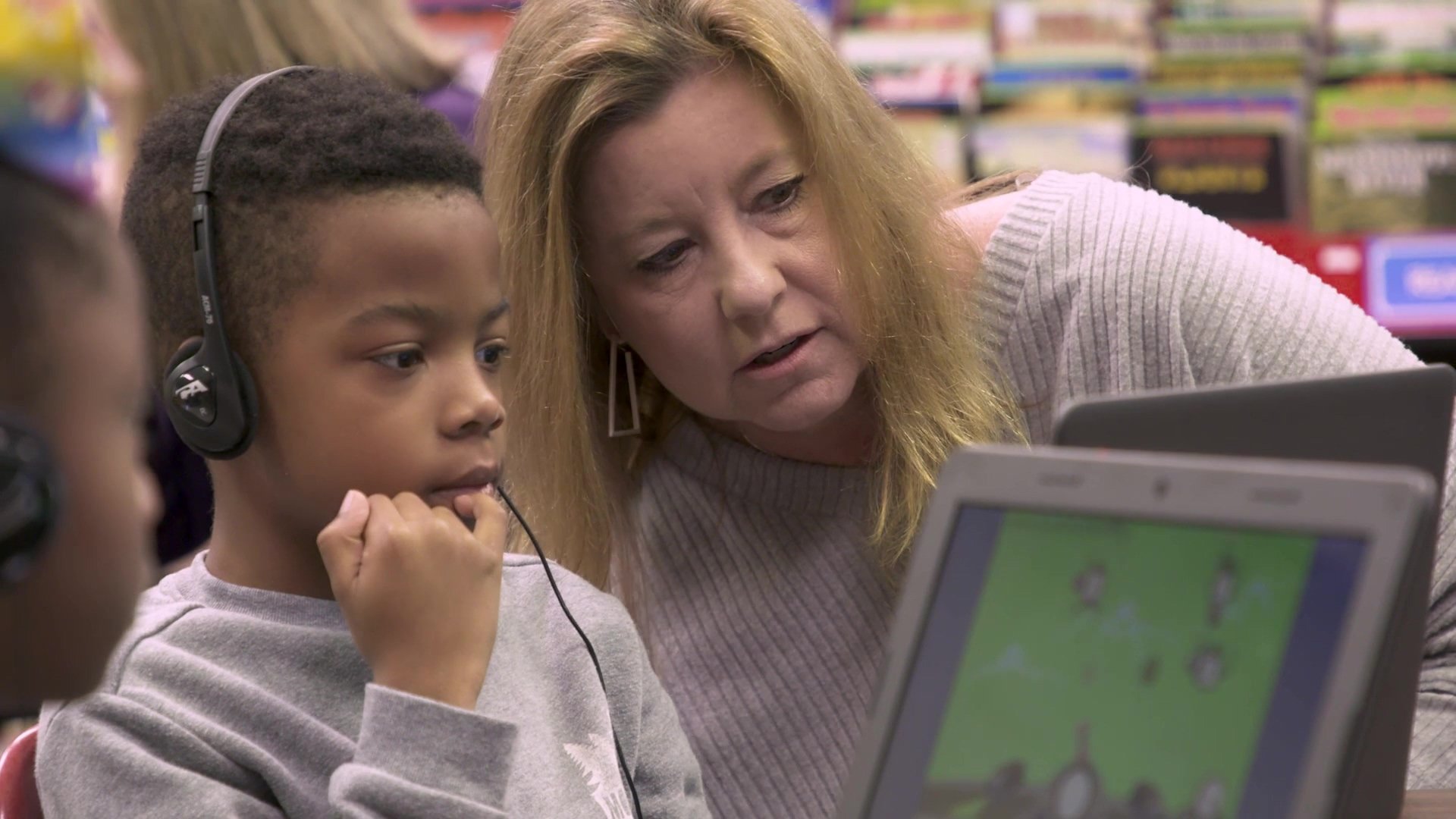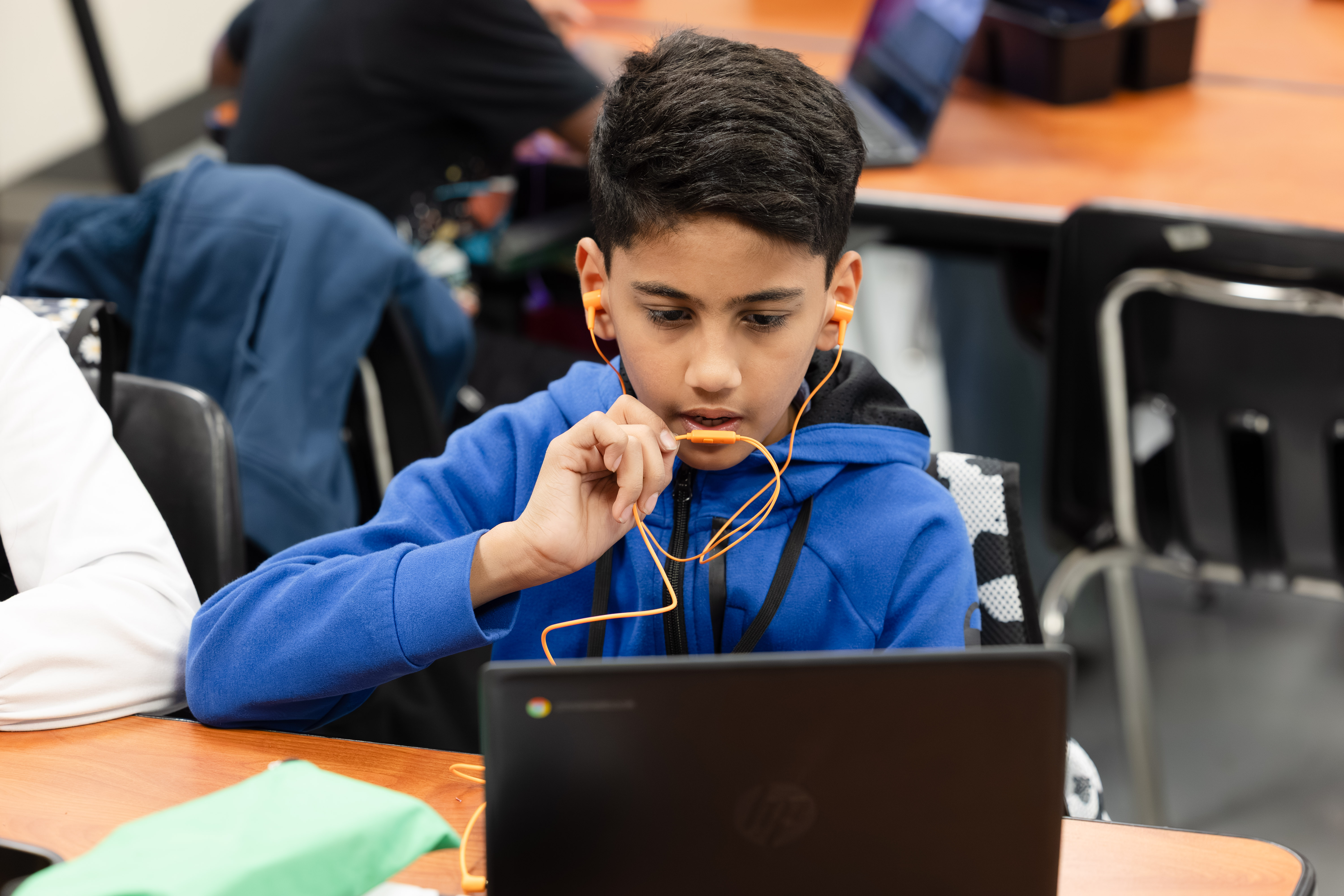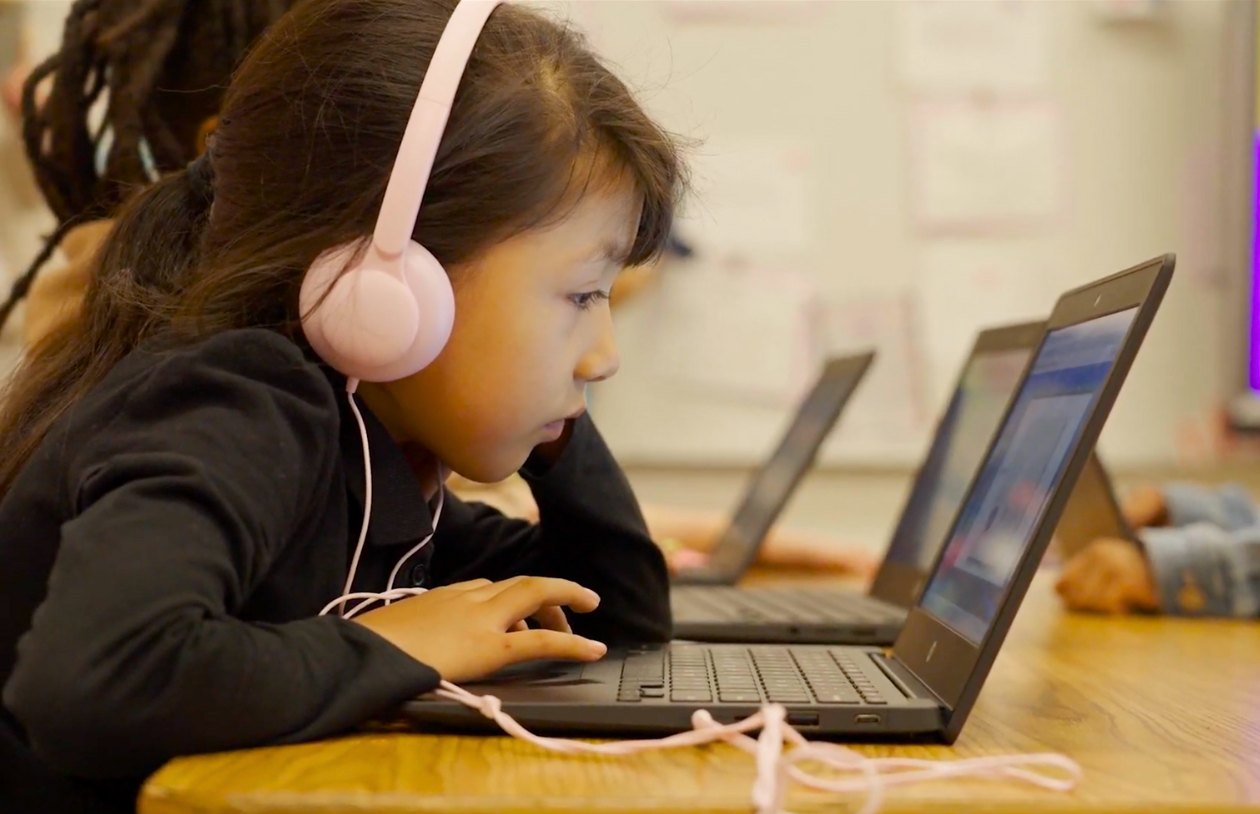4 Ways to Successfully Integrate Technology for Extended Learning

4 Ways to Integrate Technology for Extended Learning
Learning loss in math and reading related to the COVID-19 pandemic is widespread and affects every school district, teacher, and student. As districts shift from emergency pandemic mode, students will need customized intervention to combat learning loss — and thrive moving forward. One of the most common strategies being implemented to address learning loss is extended learning.
Schools and districts across the nation are working to extend learning in ways that work best for their students. By extending student learning, schools are looking to:
- increase academic achievement
- improve test scores
- make up for losses in skill growth
However, these goals are hard to achieve through traditional practices, so educators are looking to technology to fill learning gaps.
You Should Integrate Technology into Your Extended Learning Plan
Istation recently conducted a new national study of K-12 student achievement. This study found that COVID-19 school closures have contributed to a significant amount of learning loss. Further data shows that students using Istation for remote learning in the spring of 2020 had higher achievement scores that fall.
From these results it can be concluded that successful strategies include integration of educational technology like Istation. These tools are not only effective during a traditional school year but should also be integrated into your extended learning plan.
According to a recent article, several states are working to secure extended learning plans. These plans will help their students make up for missed instructional time. Extended learning options include but are not limited to:
- establishing summer learning initiatives
- expanding after-school programs
- extending the school year
4 Ways to Successfully Integrate Technology for Extended Learning
1. Utilize technology to engage students for an additional hour each day. This option is a popular one in states like California and New Mexico. These states are considering extending the school day by an hour rather than adding on to the school year.
Technology-based platforms like Istation offer online reading and math assessments and instruction that can be delivered anywhere at any time. Students are able to use such platforms for instructional interventions in asynchronous settings that happen during an extended school day.
Giving students an additional hour to engage with online tools helps make up lost class time and builds on skill strengths.
2. Implement technology to extend learning initiatives during the summer. We know students are going to be actively engaged in technology over the summer. Implementing plans that allow students to engage with skill-based activities is key to extend learning during summer months.
In one report, North Carolina school districts offered students at least 150 hours of summer instruction along with sports and enrichment activities. This approach allows schools to work technology into students’ daily activities over the summer. These extra days provide a targeted approach to instruction for students most at risk. They also help to slow the learning loss that can occur when students are out of practice.
3. Provide after-school access to technology to enhance educational and enrichment programs. Students benefit from math and literacy education and enrichment programs that can be held after or before school hours. The practice of simply adding a minimum of 30 minutes to a student’s learning time goes a long way.
The success of providing additional access to technology can be seen through after-school programs like The Boys and Girls Club of Easton (B&GCE) in Pennsylvania. This organization has used Istation Reading since 2014 in their after-school and summer programs. Over the years, the B&GCE’s leaders and teachers have positively influenced reading growth among participating students. This has been achieved by developing an effective teaching model that uses Istation data to inform their instructional decisions.
Renee Stephens, CAI Cares Director at Computer Aid, Inc., said, “Our education partners, of which B&GCE is one, practice differentiated instruction with their students whether it’s one-on-one or in small groups. Having this data in front of them helps them tailor instruction to meet the needs of the student.”
4. Integrate virtual tools to continue long-term tutoring initiatives. School districts have put in countless hours to implement virtual learning tools for their students. Integrating innovative virtual learning tools can bridge the learning gap with ongoing tutoring throughout the school year and summer months.
One district in Texas acted fast to get a virtual learning community in place during school closures due to COVID-19. Jen Greene Gast, Academic RTI Coordinator at Bastrop ISD, learned how to combine classroom and online learning to get everyone on the same page. Listen to our recent podcast to hear how Gast propelled her district to new levels.
Learn how Istation can help with your extended learning efforts this summer.
Read more from the AI & The Reading Brain Blog


.avif)
